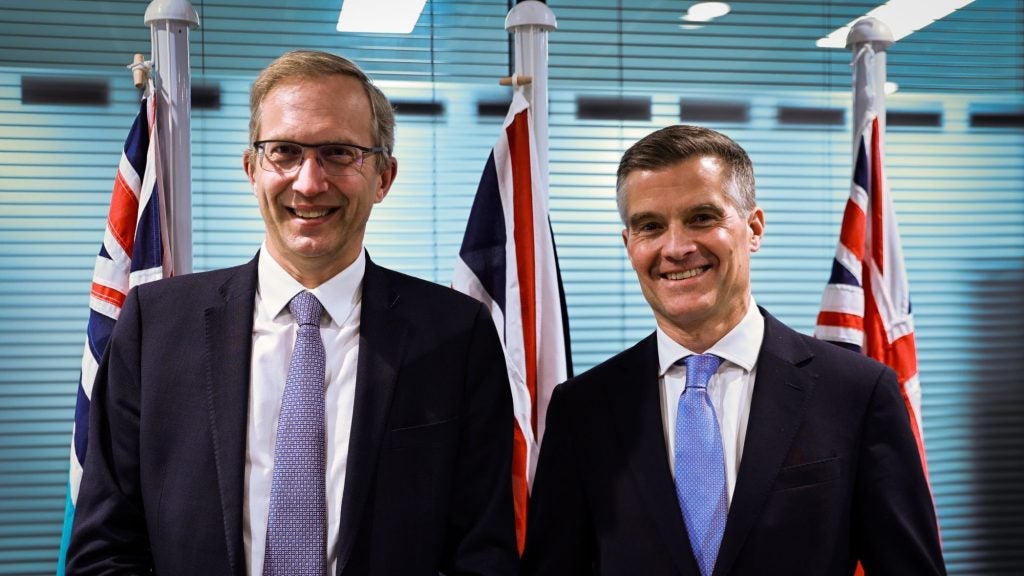
England lifted most Covid restrictions on 19 July, with other parts of the UK introducing similar measures around the same date. While many people have welcomed so-called ‘Freedom Day’, when the legal requirement to wear face masks in enclosed spaces was removed, others, in particular people with disabilities and vulnerable people have been left feeling uncomfortable taking public transport, including trains.
According to a study by the Research Institute of Disabled Consumers, 60% of respondents felt uneasy with the removal of restrictions and said it will limit their ability to travel, not only to see friends and family but also to go to medical appointments and the hospital.
This is not the first time the issue of accessibility has come up when talking about the UK railway network. After the death of Prince Philip, National Rail caused a stir when it changed its website from colour to greyscale to honour the Queen’s consort, without realising the huge accessibility issues it created to customers’ ability to see.
“As the transport sector continues to undergo digital transformation, access for all should drive services, such as National Rail, to extend their reach to the broadest audience possible,” Hilary Stephenson, managing director at user-centred web design agency Nexer Digital told Railway Technology in April.
Making the transport network more accessible
To make the entire transport network more inclusive and accessible, the UK Government has announced a series of initiatives to remove barriers to travel and make the network more accessible for disabled passengers.
How well do you really know your competitors?
Access the most comprehensive Company Profiles on the market, powered by GlobalData. Save hours of research. Gain competitive edge.

Thank you!
Your download email will arrive shortly
Not ready to buy yet? Download a free sample
We are confident about the unique quality of our Company Profiles. However, we want you to make the most beneficial decision for your business, so we offer a free sample that you can download by submitting the below form
By GlobalDataFor railway users, the government has set up an audit – which was originally announced in the Williams-Shapps Plan for Rail – of all UK train stations that will identify areas needing improvement as well as areas of excellence.
The audit will go on to form a public database that will enable people to better plan their journeys and will gather suggestions from disabled passengers on how to invest in accessible rail travel.
The Department for Transport has been working alongside Network Rail for several years to improve accessibility, including installing tactile paving on all station platforms as well as introducing an app to simplify communication between passengers and staff.
Stakeholders react
The news was received positively not only at the government level but also many industry stakeholders praised it, stressing the importance for disabled passengers to feel confident in travelling on the railway network.
Disabled passengers should be empowered to use all forms of transport with the same confidence as everyone else – whether by taxi, train, bus or ferry,” commented Accessibility Minister Chris Heaton-Harris. “Today’s measures will have a positive, real-life impact and double-down on our promise to building back fairer from Covid.”
Independent watchdog Transport Focus chief executive Anthony Smith stressed the importance of securing apt services for passengers with disabilities, especially post-pandemic.
“It’s important that transport operators seek the views of disabled people to make sure services better suit their needs as the country recovers from the pandemic,” he commented. “These measures will help remove barriers and improve access for all transport users.”
“We want disabled people to feel confident on their train journeys and the measures to improve customer information and install tactile paving will help to achieve that,” added Rail Delivery Group CEO Jacqueline Starr. “We will support the government’s strategy while continuing to develop our new Passenger Assistance app as part of our ambition to make train travel accessible and inclusive to everyone.”
Muscular Dystrophy UK called today’s move ‘a step in the right direction’ towards helping disabled people feel less excluded from society.
“We regularly hear from people living with muscle-wasting conditions who have had to cancel or cut short days out, or don’t consider them at all, because of poor accessibility,” Muscular Dystrophy UK director of campaigns Robert Burley commented.
“The strategy announced today is a step in the right direction to helping tackle the exclusion that so many disabled people face on a daily basis.”
On the other hand, the National Union of Rail, Maritime and Transport Workers (RMT) commented saying that the government’s cost-cutting policies will continue to worsen passengers’ accessibility to the network.
“Already, vast swathes of the rail network are unstaffed, with no guarantee for disabled passengers that there will be staff at the station and on-train to assist them,” commented RMT general secretary Mick Lynch.
“If we’re going to build back better after the pandemic so that disabled passengers feel safe to travel and public transport is truly accessible, we need to stop the profit-driven cost-cutting and make sure that our public transport networks are fully staffed and services are protected.”




